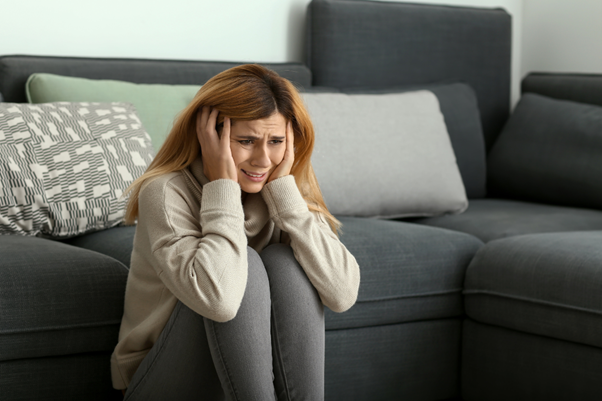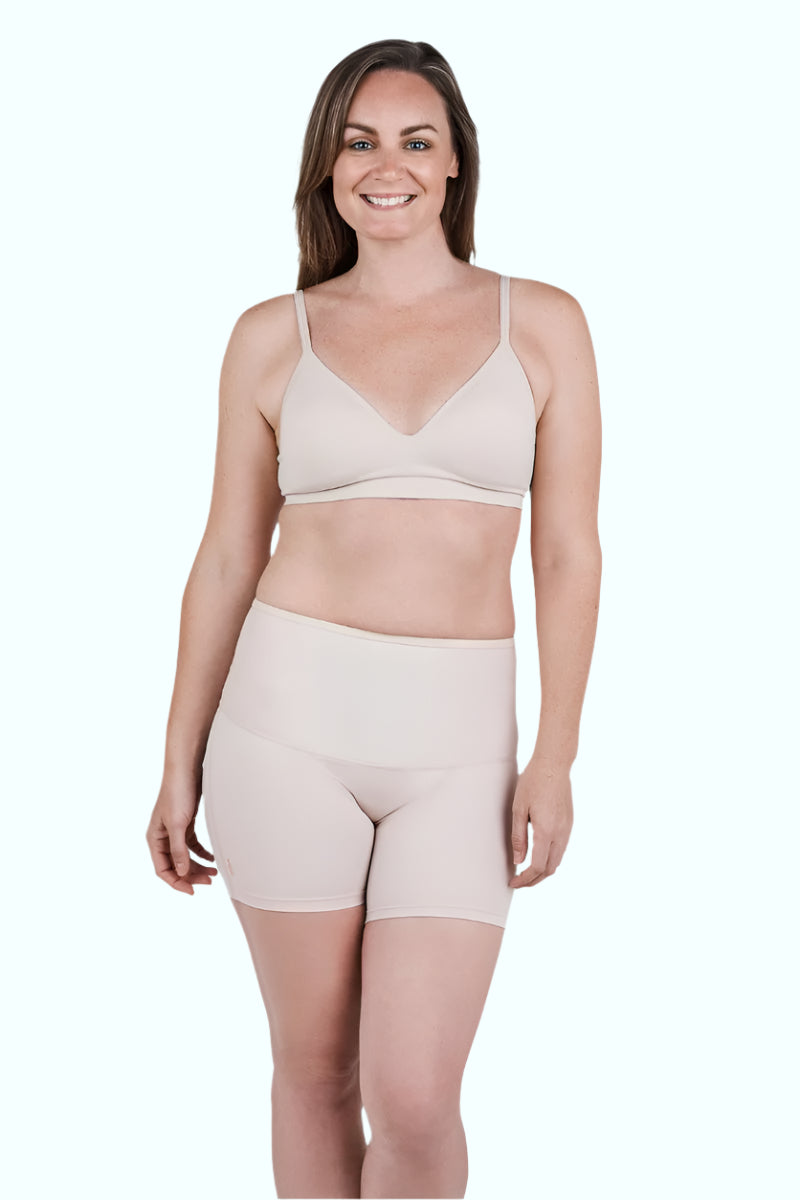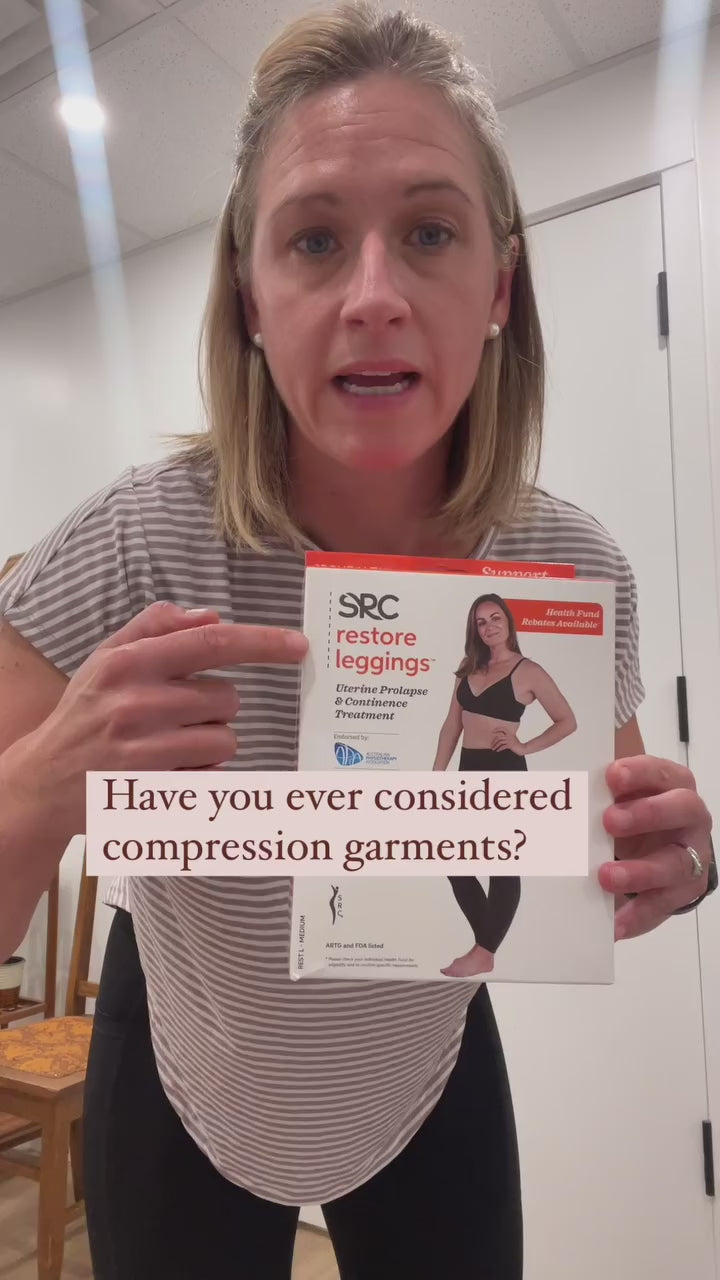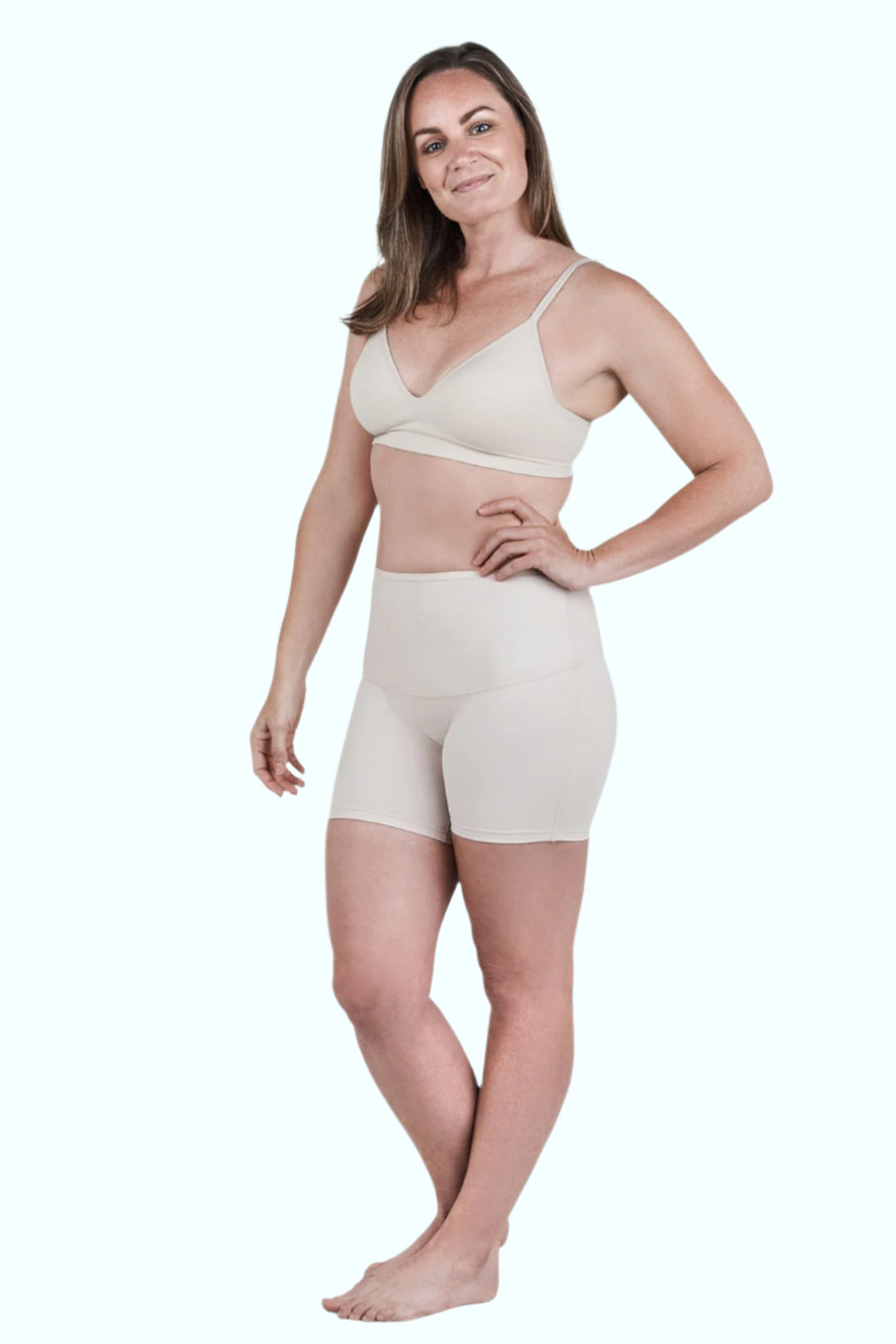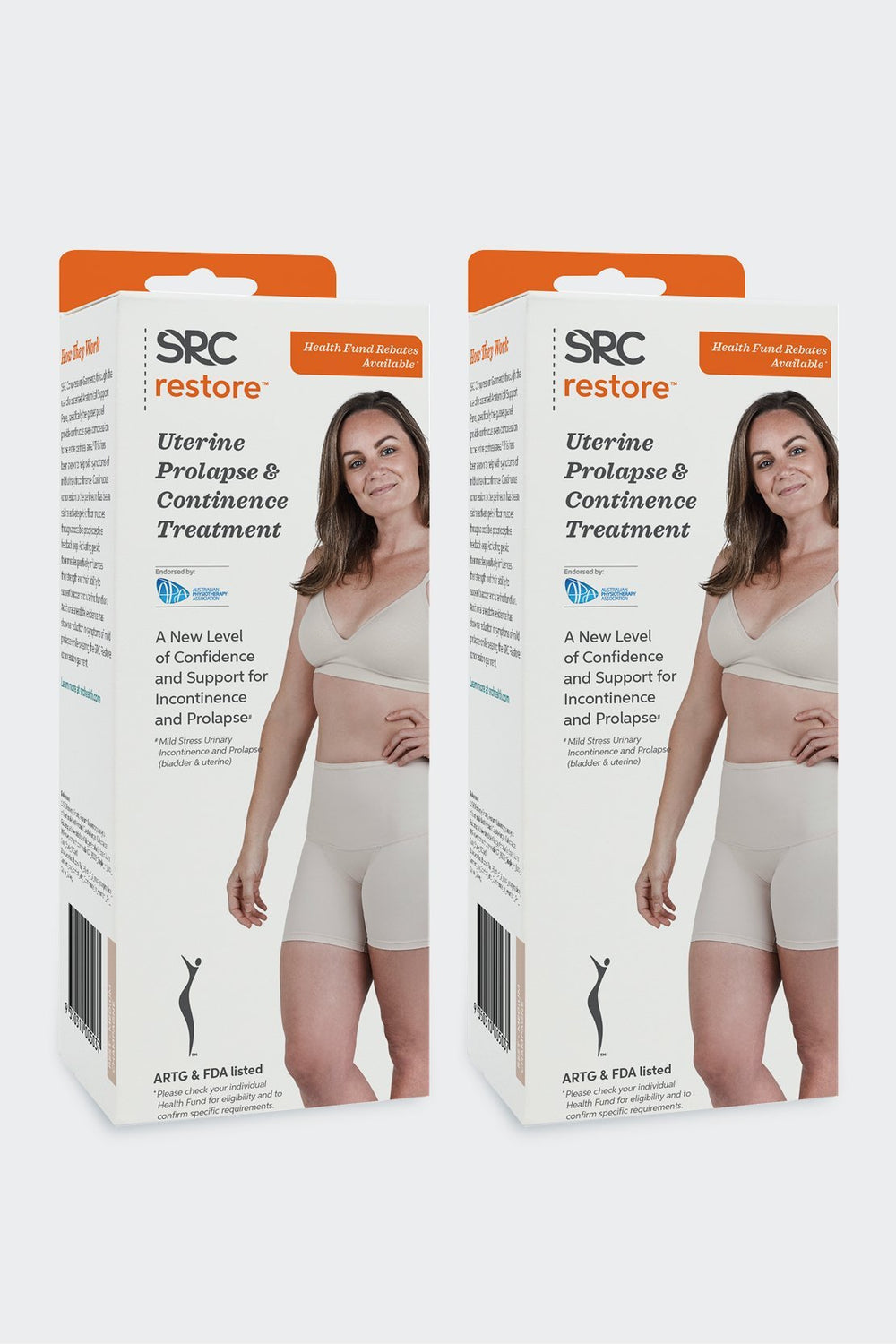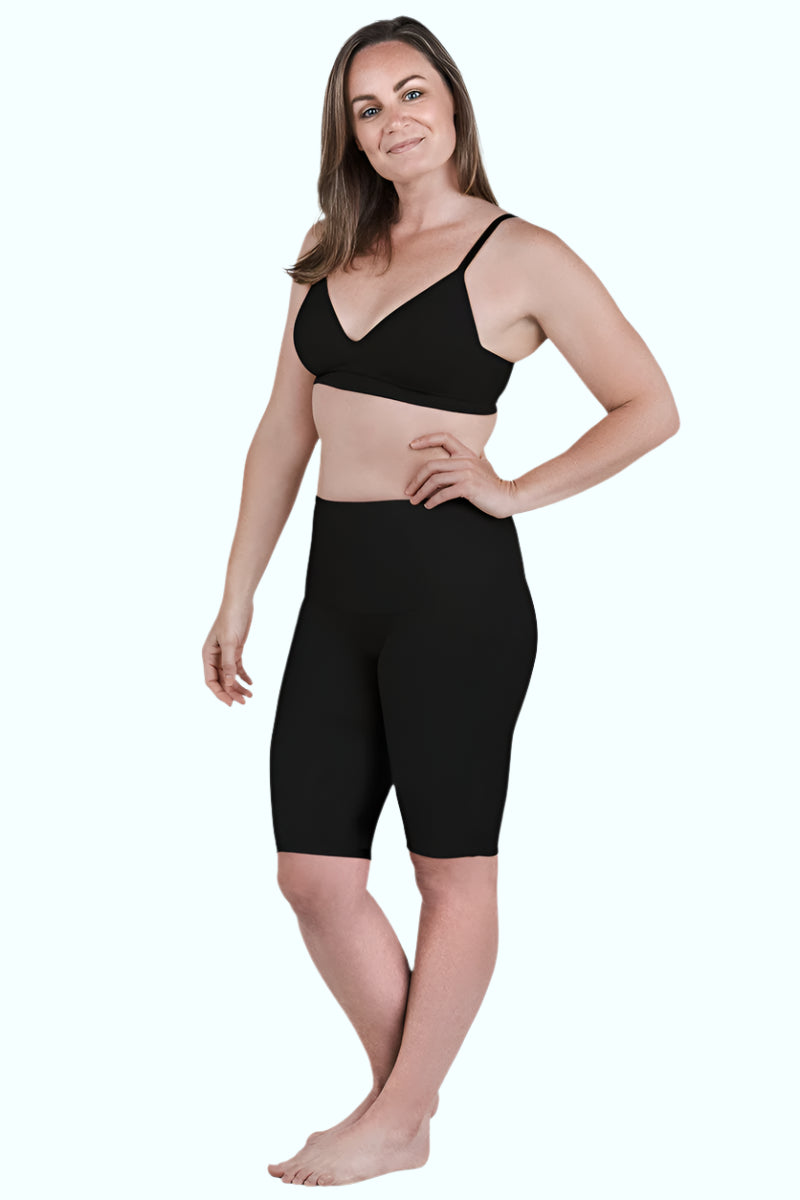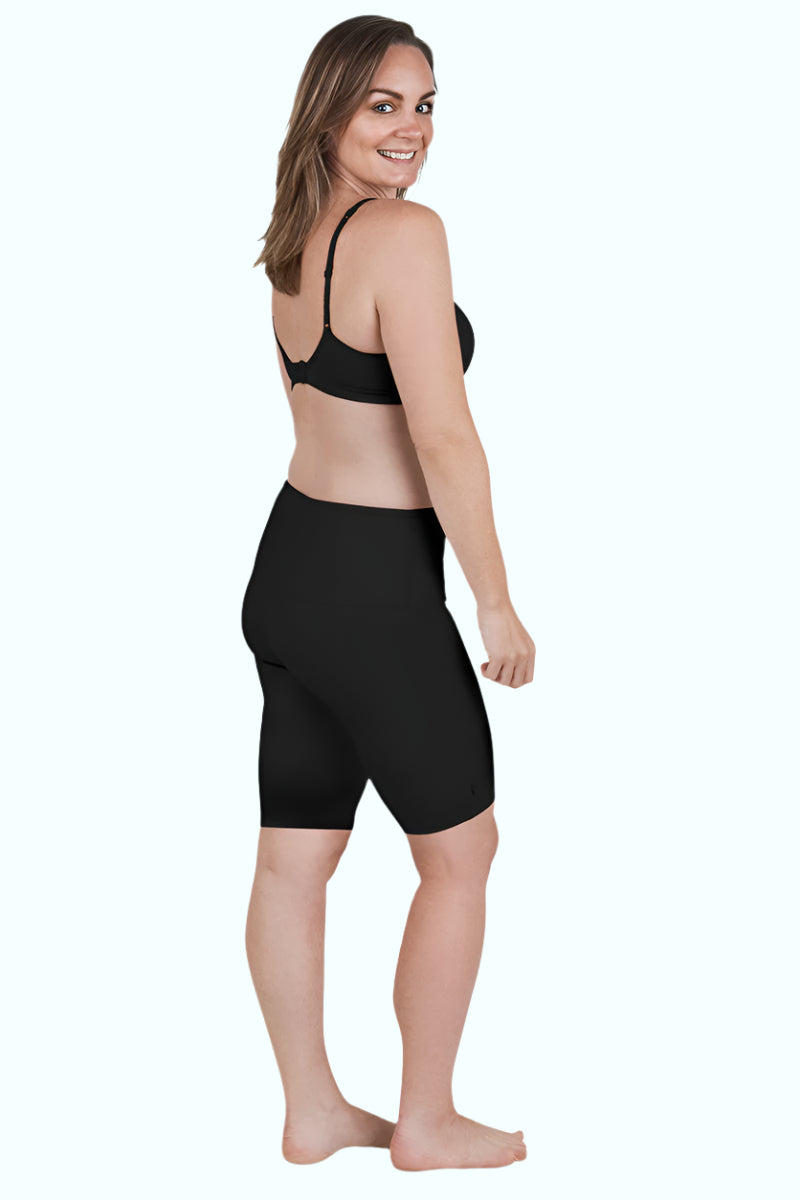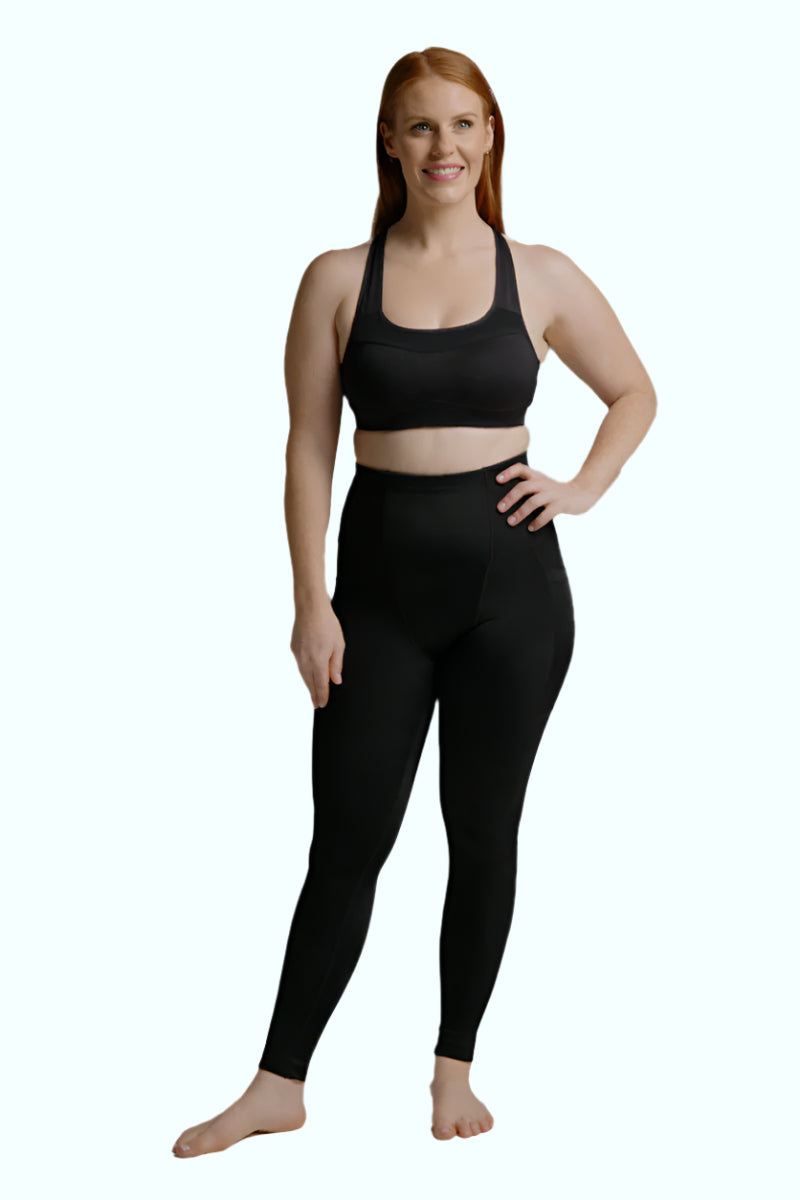Approximate Reading Time: 4 minutes
Are you a seasoned performer of the front door, urgent wee jig? Fumbling for the key in the lock, knees crossed and wiggling, it’s a desperate dance. You may not be aware that this could be a problem known as urge incontinence.
Unfortunately urge incontinence has a media presence as sexy as gym socks. Many continence groups use the slightly more friendly term ‘light bladder leakage’, to ensure stress incontinence is a well-known problem and that we understand pelvic floor muscle training is the best remedy. In fact, the message that pelvic floor muscle training is the cure to incontinence is so ingrained that many women battle on with urge symptoms and endless pelvic floor training without improvement.
Urge incontinence is a different problem with different treatments. We want you to know that understanding and help is out there! So, if your bladder squeeze feels as random and hectic as a toddler cuddling a cat it’s time to get this problem out of the water closet.
What is Urge Incontinence?
Urge incontinence refers to the strong and uncomfortable desire to urinate impacting quality of life. More simply, the urgent need to pee gets in the way of enjoying work, socialising and homelife. This exists on a spectrum of severity and a wide range of causes.
For some, problematic urge includes leakage of urine. Called wet urge incontinence, this leakage can be from a few drops right up to the complete contents of the bladder. For many who suffer wet urge incontinence, it’s not just the urge that’s overwhelming but the sense of shame. Wet clothes, feelings of helplessness, it’s easier to stay inside than step out and ask for help.
For others there is no leaking but the overwhelming urge to urinate still impacts their work and home life. The urge can be so strong it physically hurts or prevents you from being able to concentrate on your driving or work. This is called dry urge incontinence. Many women don’t realise that this dry urge is still a sign of a problem that can be treated.
Another related difficulty is a high frequency of urinating through the day or night-time. This can be a hang-over from childhood, especially those taught to empty their bladder ‘just in case’ or every time they leave the house. Alternatively, this frequency may occur from medications, health changes or just drinking way too much water.
Types of Urge Incontinence
There are a lot of variations of urge incontinence, and equally there are many causes. In fact, there are so many causes of dry urge, wet urge and frequency (night and day), that the most important step in treatment is seeing someone trained to recognise the many types of causes. This may be a women’s health physiotherapist with specialised training in urge or a urologist or urogynecologist. A continence health nurse will be particularly skilled at recognising medications and red flags for health conditions that cause increased frequency and urge.
The right carer will ask the right questions, and refer for the right tests if need be, in order to track down the point in plumbing that is causing a problem. Unlike stress incontinence, which is mostly narrowed down to urethral mobility and the stiffness of your pelvic floor, urge incontinence can be a problem anywhere along the whole plumbing line: bladder wall, nerves from the bladder, spinal cord, brain, urethra and pelvic floor.
The good news is there are many excellent treatments.
Your carer should be a diligent detective, because once the cause is clear, the treatment options are encouraging. They may include:
- A change in diet or medications,
- TENs machine for gentle electrical stimulation of the right nerves,
- Brain and body training techniques,
- Treatment of an underlying medical condition or
- Urethral support through topical medication, pessary or pelvic floor muscle training.
- Urogynecologists with a special interest in urge incontinence can offer Botox for the bladder or
- A ‘pacemaker’ for the bladder through a small, implanted stimulator and other treatments.
So why educate about urge incontinence on a site dedicated to compression garments? Could the SRC Restore Shorts designed to assist with stress urinary incontinence and prolapse have a role in treating urge incontinence?
The answer is ‘very possibly’. There are women in the post birth period, whose experience of leakage in the first few days has led to a lack of confidence in their ability to hold their urine. This may be compounded by a change to the firmness where the bladder and urethra join. Like a good washer in a tap, our body relies on this firmness to keep our bladder relaxed. Accidents can lead to anxiety which turn up the volume on urge messages. A good lift of our perineum can help turn that volume back down and make our urges easier to control. A women’s health physiotherapist can help you work out if perineal support from SRC Restore is likely to help you.
So, with all these fantastic treatments out there, if your bladder urge is bossier than an aunt at Christmas, it’s time to get that bladder under control.
“This garment has changed my life, from someone who was dreading leaving the house for any period of time, to a person who is happy to be getting out and about. Before the garment, if I had to leave the house for shopping or Drs appointment's etc I was not looking forward to going out and was starting to make excuses as to why I should stay home, because I knew if I had my morning coffee, I would be urgently needing a toilet stop somewhere along the way and sometimes I wouldn't make it in time or I couldn't find a toilet. After wearing the garment, I found I could have my morning coffee and not have the urgency to need the bathroom, it actually worked and my urge incontinence was no longer an issue. I could start going out again without me questioning myself, do I really need to go out today? So before the garment became a part of my everyday routine, my incontinence was actually running my life and activity choices, but not anymore as I wear the garment daily for that support and when I sleep in my garment, I no longer have to get up during the night for a visit to the bathroom. Highly recommend this garment it has been a life saver.
Regards,
- Melissa D. (Tasmania)
About the Author:
Liz is a Women’s Health Physiotherapy clinician who has loved working with women in continence and obstetric care since 1998. Treating her own urge incontinence as a physiotherapy student ignited a passion for treatment that restores women’s dignity. Liz has loved senior childbirth education at major Sydney teaching hospitals, clinical education of Queensland University students and being staff Clinical Education leader for the gorgeous team she works for at Mummy and Co Physiotherapy. Most of all, Liz loves her husband and her four kids that arrived in the world in a variety of pelvic floor challenging ways.





